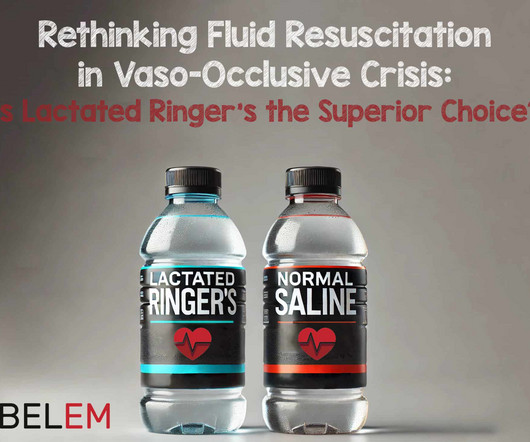Trauma Resuscitation Updates
RebelEM
MAY 25, 2023
vs 3U) but no difference in mortality (Study not powered for this outcome) Clinical Take Home Point: The use of vasopressors is controversial and requires a nuanced approach SUMMARY OF MINIMIZING IATROGENIC INJURY RESTORE PERFUSION VOLUME REPLACEMENT Blood Products >>> Crystalloids Holcomb JB et al. NEJM 1994. [2]






















Let's personalize your content